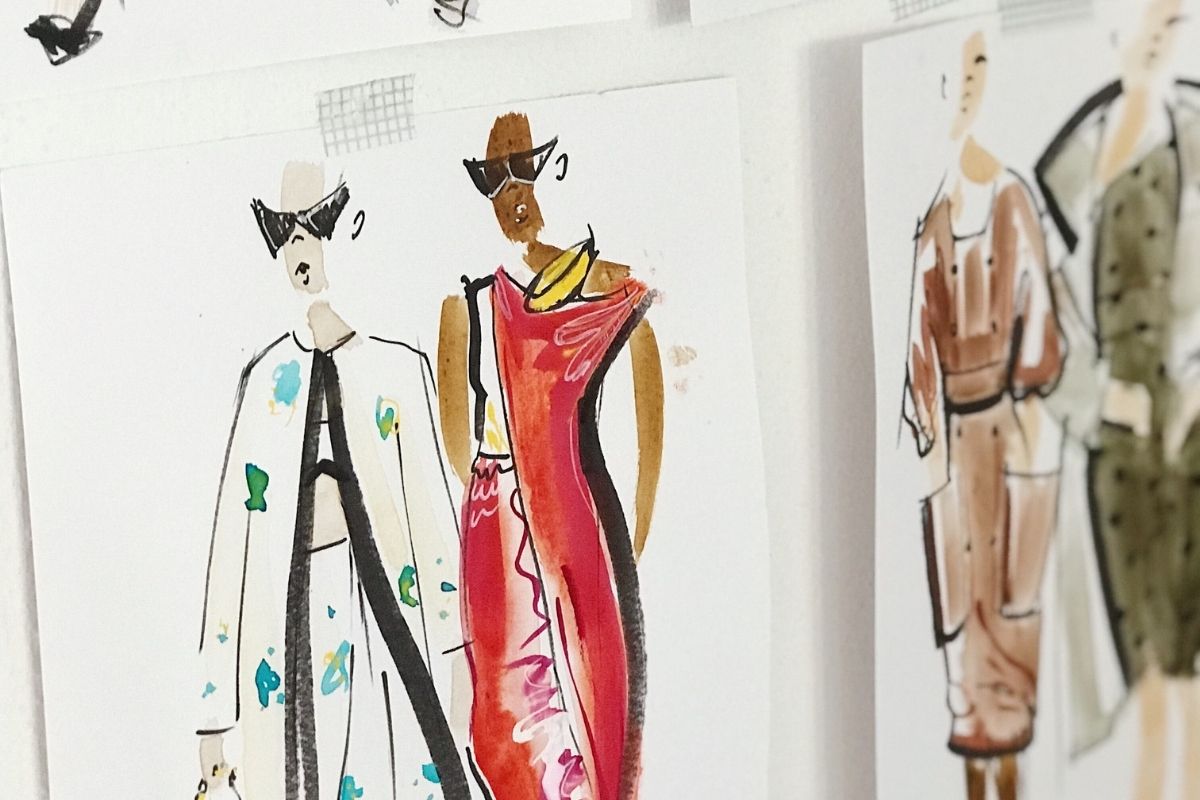Naming the Brand: What do They Hear?: Case Study: Naming “Lafayette 148”
Choosing the name for your fashion brand can be a surprisingly complicated process. While it may initially be simple to come up with a name you love, you also need to perform your due diligence to ensure it’s not already taken or trademarked. When Lafayette 148 New York first started out in 1996, they underestimated the process of securing their name and brand.
Their name, chosen because it was their street address in iconic New York City, was challenged three years into business by a French department store with Lafayette also in their name. Lafayette 148 already had a few stores, branding, and stationery in their name at this point. Luckily, their trademark infringement claim was denied since the department store did not have a brand presence in the U.S.A.
After winning the U.S. trademark case, Lafayette 148 New York expanded their fashion business into Canada and also won their trademark. The process of securing and protecting their brand name was one country at a time and involved costly legal fees. In their case, they must always include the numbers and New York in their name.
When deciding on the name for your fashion brand, it’s smart to look up any potential names on the United States Patent and Trademark Office website and see if they are already a registered trademark. If not, you can apply for a trademark in your specific category as well as secure your website domain and social media handles.
Many people choose to use their own name or initials for their fashion brand. Using online fashion education and noting what makes your brand unique or what words describe your aesthetic can help you come up with a classic name that accurately conveys your brand.


